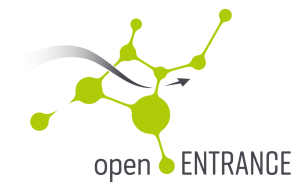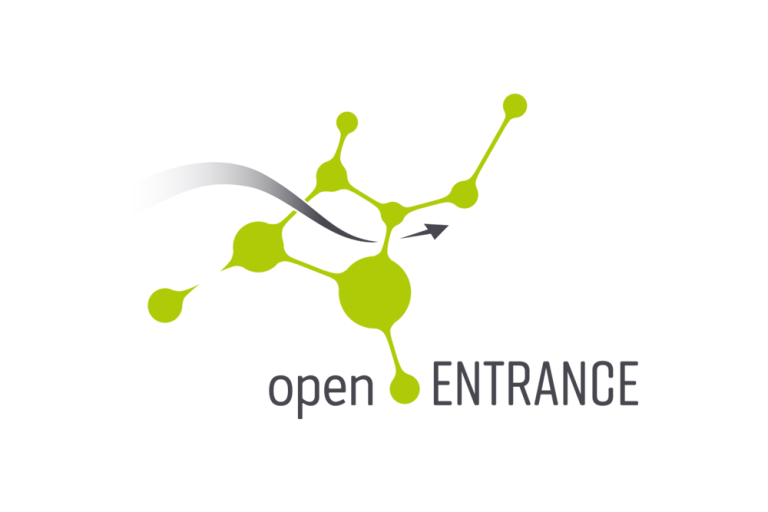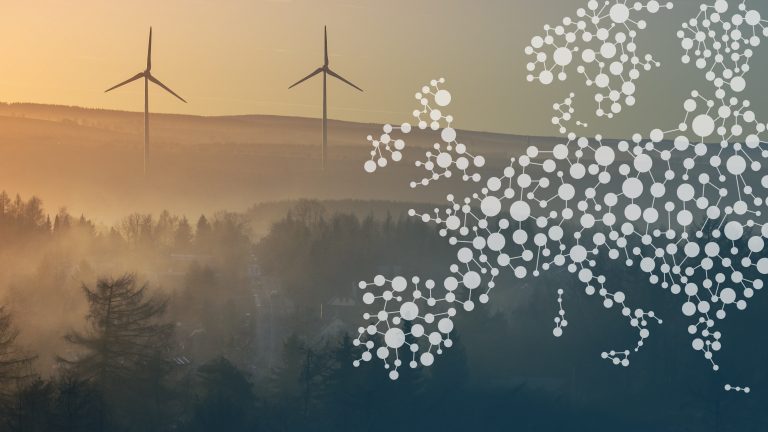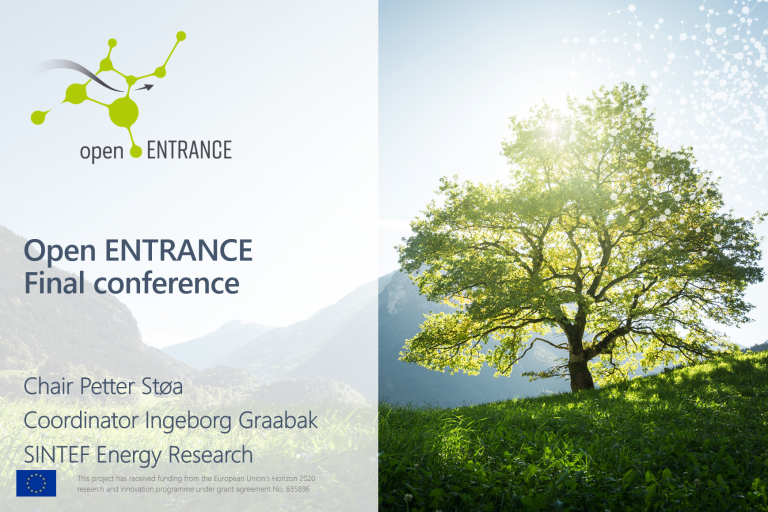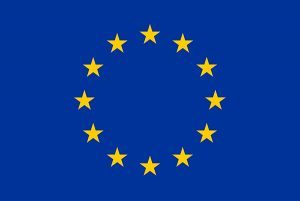This report (Open ENTRANCE deliverable 6.2) presents results of the 8 case studies performed during the project, covering the main topics of the energy transition. The main objectives of the case studies were:
- Show the adequacy and relevance of the Open ENTRANCE platform. For this purpose, the
case studies have been using scenarios, assumptions and data developed within Work Package
3 “Scenario Building Exercises”, and the suite of modelling tools supplied by Work Package 5
“Suite of Modelling tools”. - Show the ability of the proposed approach to answer specific questions related to the evolution
of the energy system. This has been done with a specific focus on the effects of decentralisation,
variability, the need for flexibility, real market functioning, integration of energy sectors,
behaviour of individuals and communities of actors. - Provide complementary inputs (data) to Work Package 3 “Scenario Building Exercises”. This
has taken place during the process of running the case studies, which conducted to a new version
of the Scenarios in WP3.
In order to perform the case studies, simulations were run using the linked models developed within WP5 “Suite of Modelling tools” and the scenario dataset developed within WP3 “Scenario Building Exercises”. As for the dataset, in order to ensure consistency among studies, supplemental data, which were needed on specific items, were added while performing the case studies. Therefore, it will be possible to easily re-run case studies or derive variants or challenge them by using other models/data.
Regarding the linkage of the data and models, it relied on the common Open ENTRANCE data format as well as on the nomenclature which is defining the variables and regions names, as well as establishing rules for using them. The case studies are the following:
- Case study 1 is dedicated to Demand-Response from household consumers. It evaluates the
flexibility potential when using load-control with household consumers and study its impact on
the integrated European electricity system cost, operation and investments needs. - Case study 2 is dedicated to behaviour of communities of actors. It studies shared energy
management in different local energy community concepts, taking into account the individual
preferences of the actors involved. Based on comprehensive modelling, the quantitative results
have been up-scaled on country and European level. - Case study 3 is dedicated to flexibilities and storage. It analyses how the uses of flexible hydropower
and more generally of different kinds of storages (pumped-hydro, batteries, gas. . . .)
can tackle some of the main challenges of the energy transition. - Case study 4 is dedicated to cross-sector integration, with a specific focus on the flexibilities
provided by electric vehicle owners to the electricity system. It also evaluates the impact of
import hydrogen prices on the integrated system. - Case study 5 compares different levels of geographic coordination for investment decisions, both
at regional and European level, focusing on the topic of decentralisation. In particular regional
decisions with local objectives were compared with European coordinated decisions with global
targets. - Case study 6 analyses the use of innovative technology in terms of underground rocks for seasonal
storage of heat from summer to winter in a district in Oslo, Norway. The analyses show the
impact on the energy system in the district. - Case study 7 evaluates how the use of flexibilities from the heating sector at different time scales
(short-time planning with hourly to 5 minutes resolution) may have an impact on the system
operation costs and network expansion needs in Denmark. - Case study 8 investigates the role of natural gas storage in current and future energy systems in
Turkey.
